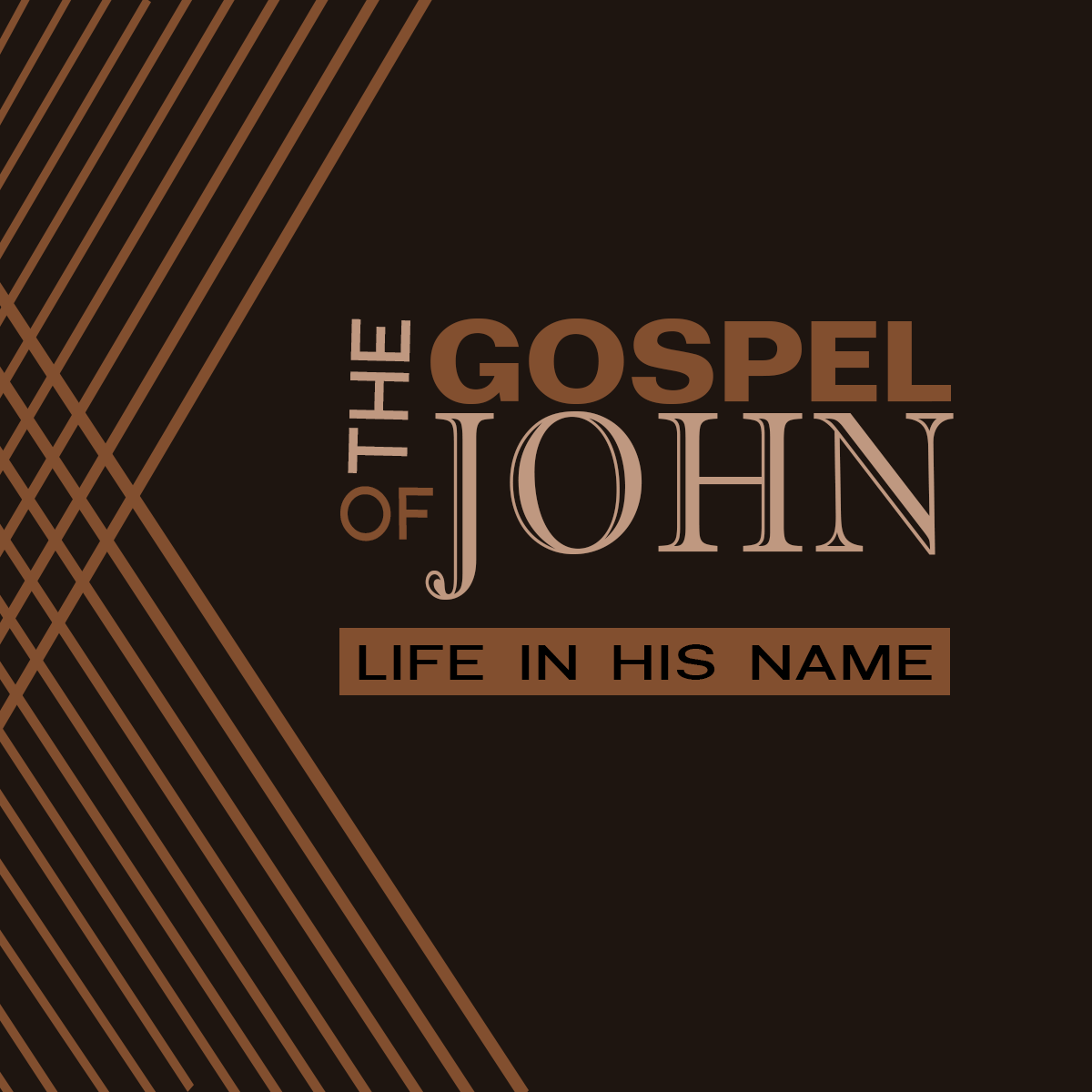
Finished!
Life in His Name – Part 47
Finished! – John 19:28-42
Crosspoint – Lee Eclov – Feb. 25th, 2024
Introduction:
“Practically everyone, even the skeptics, agree that Jesus of Nazareth was crucified by the Romans. But why was he crucified and who was he, and what does it mean?” Fleming Rutledge
John chose to record only some of the details of Jesus’ crucifixion but, as with all of Scripture, his goal was to answer those questions.
John 19:28-30
28 Later, knowing that everything had now been finished, and so that Scripture would be fulfilled, Jesus said, “I am thirsty.” 29 A jar of wine vinegar was there, so they soaked a sponge in it, put the sponge on a stalk of the hyssop plant, and lifted it to Jesus’ lips. 30 When he had received the drink, Jesus said, “It is finished.” With that, he bowed his head and gave up his spirit.
I. Everything God promised to do in the Old Testament in order to save people from our sins was fully and finally completed, down the last detail, when Jesus was crucified.
- The fulfillment of Scripture was crucial in the life and death of Jesus. The crucifixion especially draws on Psalm 22, beginning with, “My God, my God, why have you forsaken me?” V.15: My mouth is dried up like a potsherd, and my tongue sticks to the roof of my mouth; you lay me in the dust of death. Also, Psalm 69:20-21, I looked for sympathy, but there was none, for comforters, but I found none. They put gall in my food and gave me vinegar for my thirst.”
- These prophecies showed (1) that God planned our redemption down to the smallest details and (2) that Jesus obeyed every one of those details.
- When Jesus said, “It is finished,” what was finished?
- Jesus had revealed all we need to see of the Father.
- Jesus had obeyed every command and prophecy the Father had given.
- Sin was atoned for.
- The full extent of God’s unfailing love was revealed.
- “With that, he bowed his head and gave up his spirit.”
- 10:17-18, “The reason my Father loves me is that I lay down my life —only to take it up again. No one takes it from me, but I lay it down of my own accord. I have authority to lay it down and authority to take it up again. This command I received from my Father.” Luke 23:46, “Father, into your hands I commit my spirit.”
John 19:31-37
31 Now it was the day of Preparation, and the next day was to be a special Sabbath. Because the Jewish leaders did not want the bodies left on the crosses during the Sabbath, they asked Pilate to have the legs broken and the bodies taken down. 32 The soldiers therefore came and broke the legs of the first man who had been crucified with Jesus, and then those of the other. 33 But when they came to Jesus and found that he was already dead, they did not break his legs. 34 Instead, one of the soldiers pierced Jesus’ side with a spear, bringing a sudden flow of blood and water. 35 The man who saw it has given testimony, and his testimony is true. He knows that he tells the truth, and he testifies so that you also may believe. 36 These things happened so that the scripture would be fulfilled: “Not one of his bones will be broken,” 37 and, as another scripture says, “They will look on the one they have pierced.”
II. Jesus the Messiah, the Son of God, literally and truly died as the Lamb of God who takes away the sin of the world.
- John wrote this gospel many years after Jesus’ death. His emphasis on Jesus’ literal death was to attack heresies that were arising in the early church.
- Docetism (from the Greek word, to seem). Jesus seemed to have a real body but actually didn’t. Claimed that the divine Son of God ‘adopted’ the body of Jesus the man at his baptism and departed before he suffered and died. But John said, “The Word [Jesus Christ] became flesh and made his dwelling among us…” (John 1:14)
- Swoon theory – Jesus seemed to die but actually didn’t. The Quran says, “…they slew him not nor crucified him, but it appeared so unto them… But Allah took him up unto Himself.”
- So the first point John is making here is that Jesus in the flesh really, truly, literally, died on the cross. V.34, “one of the soldiers pierced Jesus’ side with a spear, bringing a sudden flow of blood and water.”
- John’s second emphasis here: Jesus died as God’s sacrificial lamb for our sins.
- “a sudden flow of blood and water” - 1 Cor. 5:7, “For Christ, our Passover lamb, has been sacrificed.” 1 Pet. 1:18-19 says, “For you know that it was not with perishable things such as silver or gold that you were redeemed from the empty way of life handed down to you from your ancestors, 19 but with the precious blood of Christ, a lamb without blemish or defect.” Jesus himself said, at the Last Supper, “This is my blood of the covenant, which is poured out for many for the forgiveness of sins” (Matt. 26:28).
John 19:38-42
38 Later, Joseph of Arimathea asked Pilate for the body of Jesus. Now Joseph was a disciple of Jesus, but secretly because he feared the Jewish leaders. With Pilate’s permission, he came and took the body away. 39 He was accompanied by Nicodemus, the man who earlier had visited Jesus at night. Nicodemus brought a mixture of myrrh and aloes, about seventy-five pounds. 40 Taking Jesus’ body, the two of them wrapped it, with the spices, in strips of linen. This was in accordance with Jewish burial customs. 41 At the place where Jesus was crucified, there was a garden, and in the garden a new tomb, in which no one had ever been laid. 42 Because it was the Jewish day of Preparation and since the tomb was nearby, they laid Jesus there.
III. Jesus’ death so clearly proves that he is the Messiah, the Son of God, that faith must come out of the shadows.
- One reason John gives such a detailed description of Jesus’ burial is that, here again, he’s making it clear that Jesus Christ, in the flesh, really died and was buried “in keeping with Jewish burial customs.”
- But the particularly striking part of this story is about these two men—Joseph of Arimathea and Nicodemus, one a secret disciple of Jesus and the other someone who’d sought out Jesus under cover of darkness (John 3). Why then??
- Jesus’ last hours must have been the turning point.
- Nicodemus surely remembered what Jesus had said when they met: “Just as Moses lifted up the snake in the wilderness, so the Son of Man must be lifted up, that everyone who believes may have eternal life in him.” (John 3:15)
- They must’ve realized just what Jesus had finished.
